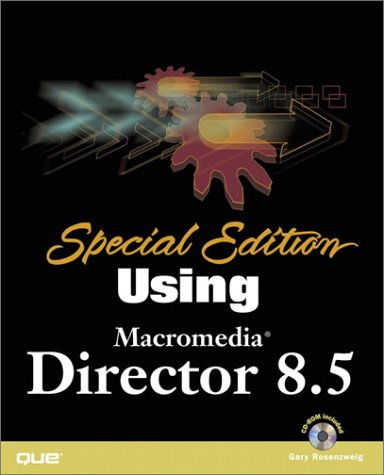|
Special Edition Using Director 8.5
| ||||
|
Your comprehensive guide to using Macromedia Director and Lingo | ||||
|
Special Edition Using Macromedia Director 8.5 provides in-depth explanation of the complex features of Director and Lingo, as well as power tips and techniques to maximize the features and tools. While the first section is great for learning Director 8.5 from square one, you'll also find complete coverage of Director 8.5, from advanced issues such as Lingo scripting and multi-user applications to the hot new features of the latest release. It is a great book to use to learn Director from the ground up, as well as a great book to use as a reference. In addition, this book goes further into advanced territory than any other book on the market. The book includes lots of code and sample movies, as well as six chapters of complete applications (including seven games!). New feature coverage includes more than 100 new pages about Shockwave 3D. This book comes with tons of practical examples and complete, open source movies. |

|
|
| |
|
Here is the table of contents. This will give you a good idea of what the book covers (pretty much everything!).
| |
|
If you already own the book, visit the support page. | |